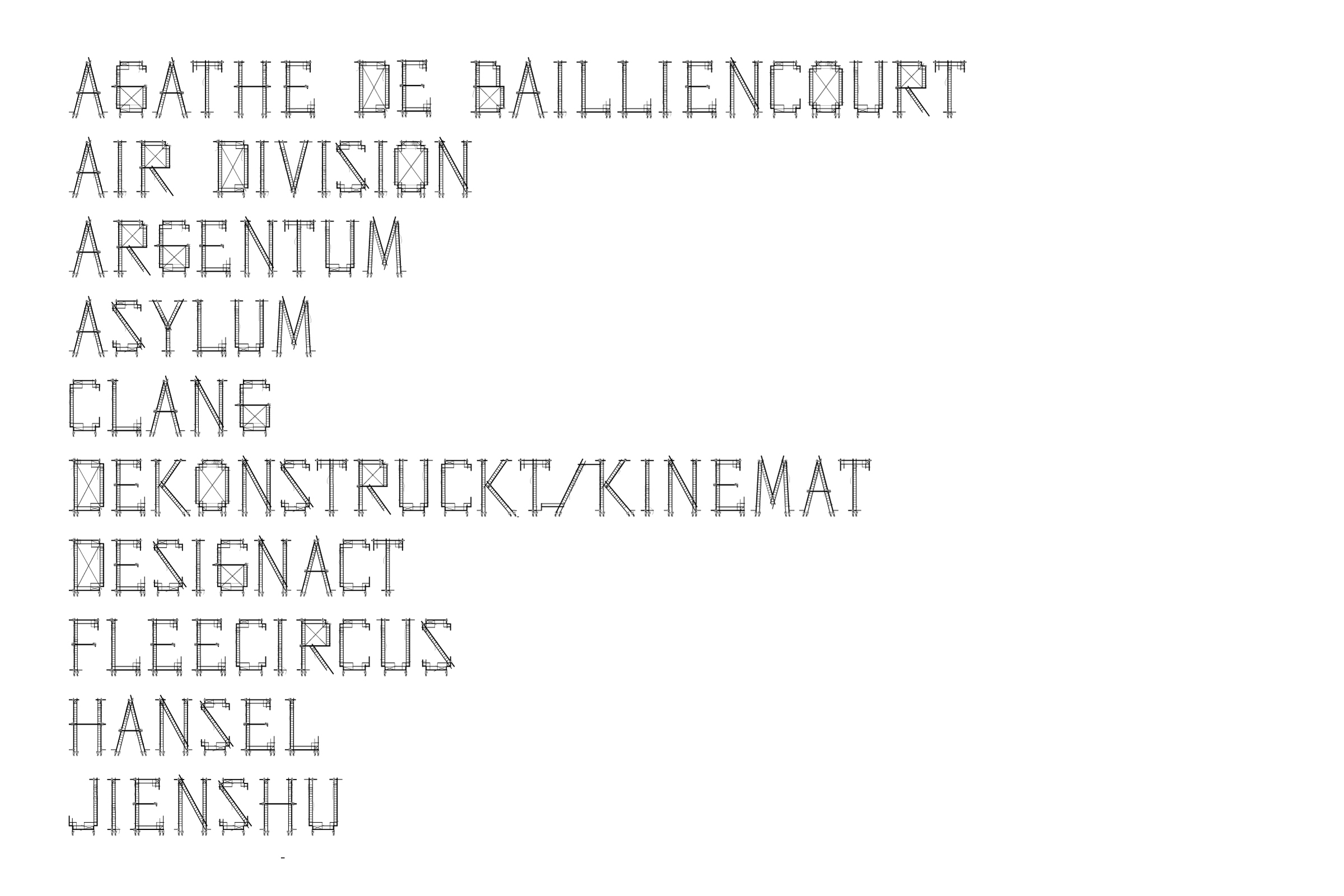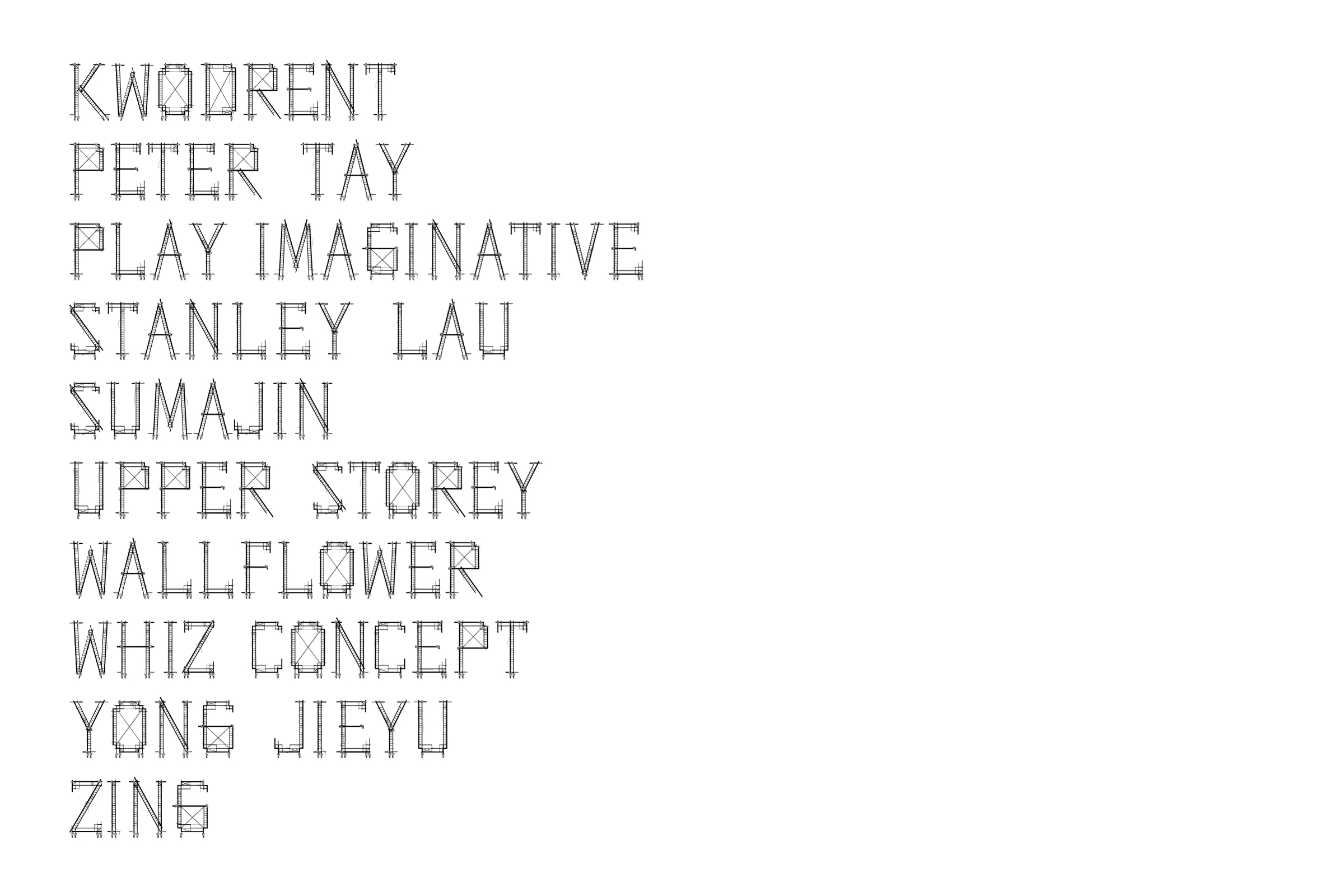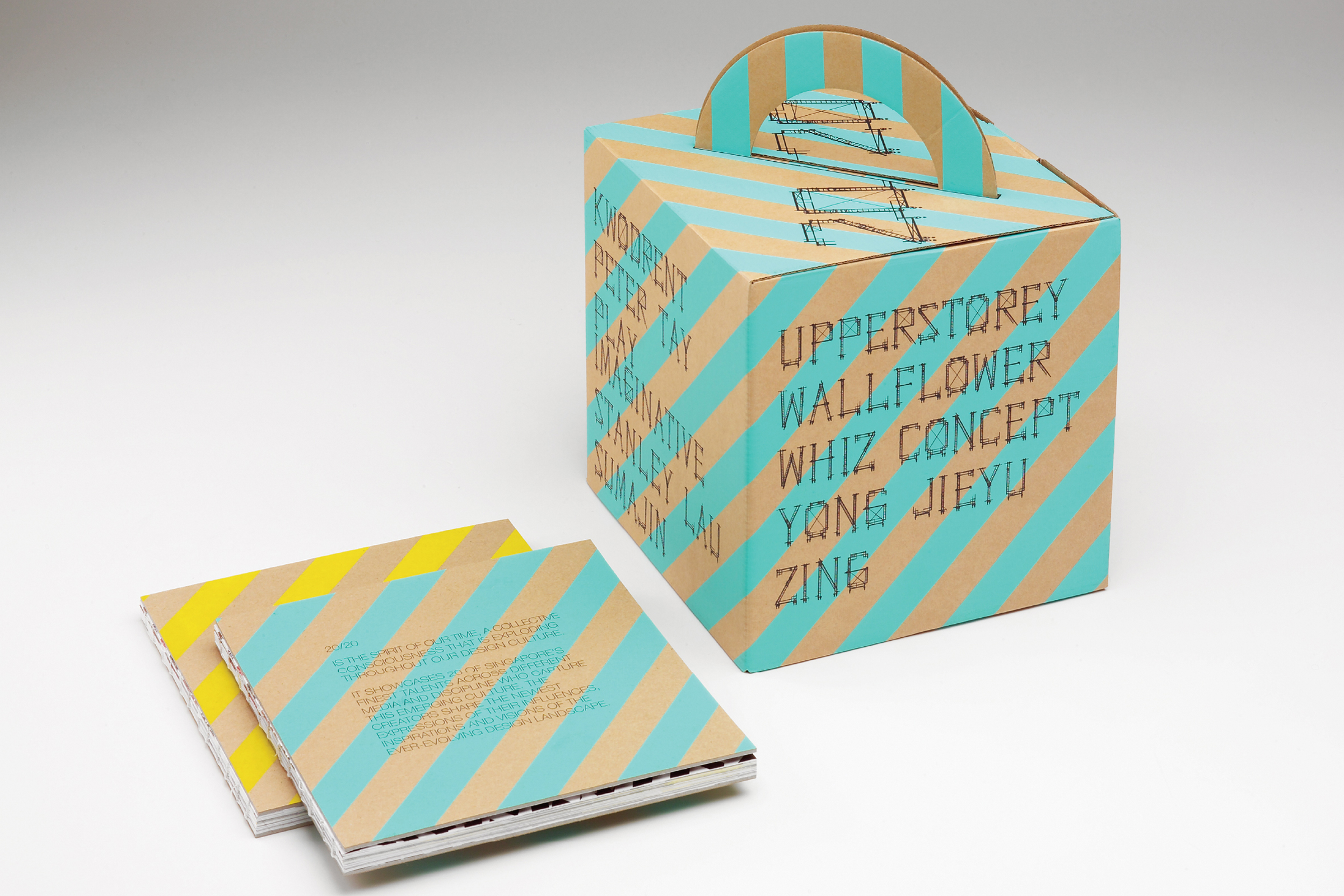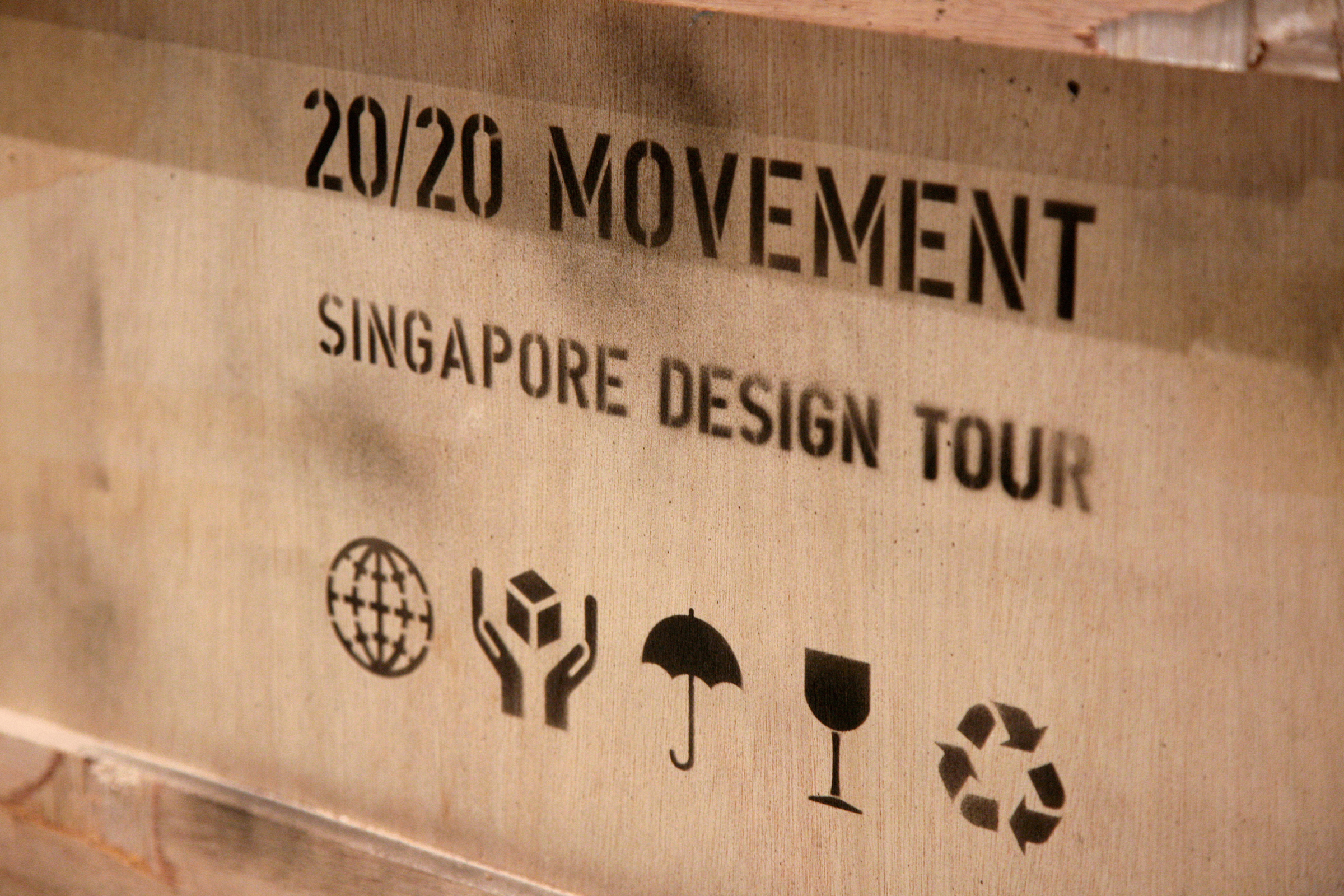
20/20 Movement
Envisioning Singapore Design
Rallying the city-state’s creative community to ignite a movement
What do architects, designers, photographers, illustrators, a magazine editor, toy-makers and a sneaker customizer share in common?
Creativity.
The answer may be obvious today, but it was not so in 2004 when BLACK brought them together for 20/20. The exhibition jointly initiated with the national design agency, DesignSingapore Council (Dsg). presented a “perfect design vision” for Singapore at the International Designers Network’s (IdN) My Favourite Conference held in the city-state.
Dsg’s then executive director, Dr. Milton Tan had originally commissioned a brochure to showcase Singapore design at the conference. However, BLACK felt it would not be impactful at the event headlined by superstar designers from around the world, including British illustrator James Jarvis and Hong Kong creative director Alan Chan. Instead, creative director Jackson Tan suggested curating an exhibition featuring 20 local creatives to represent the future of Singapore design.
“We told him that if you do a brochure, people will probably just throw it away. Nobody at that point knew about Singapore designers or would support Singapore design,” says Jackson.
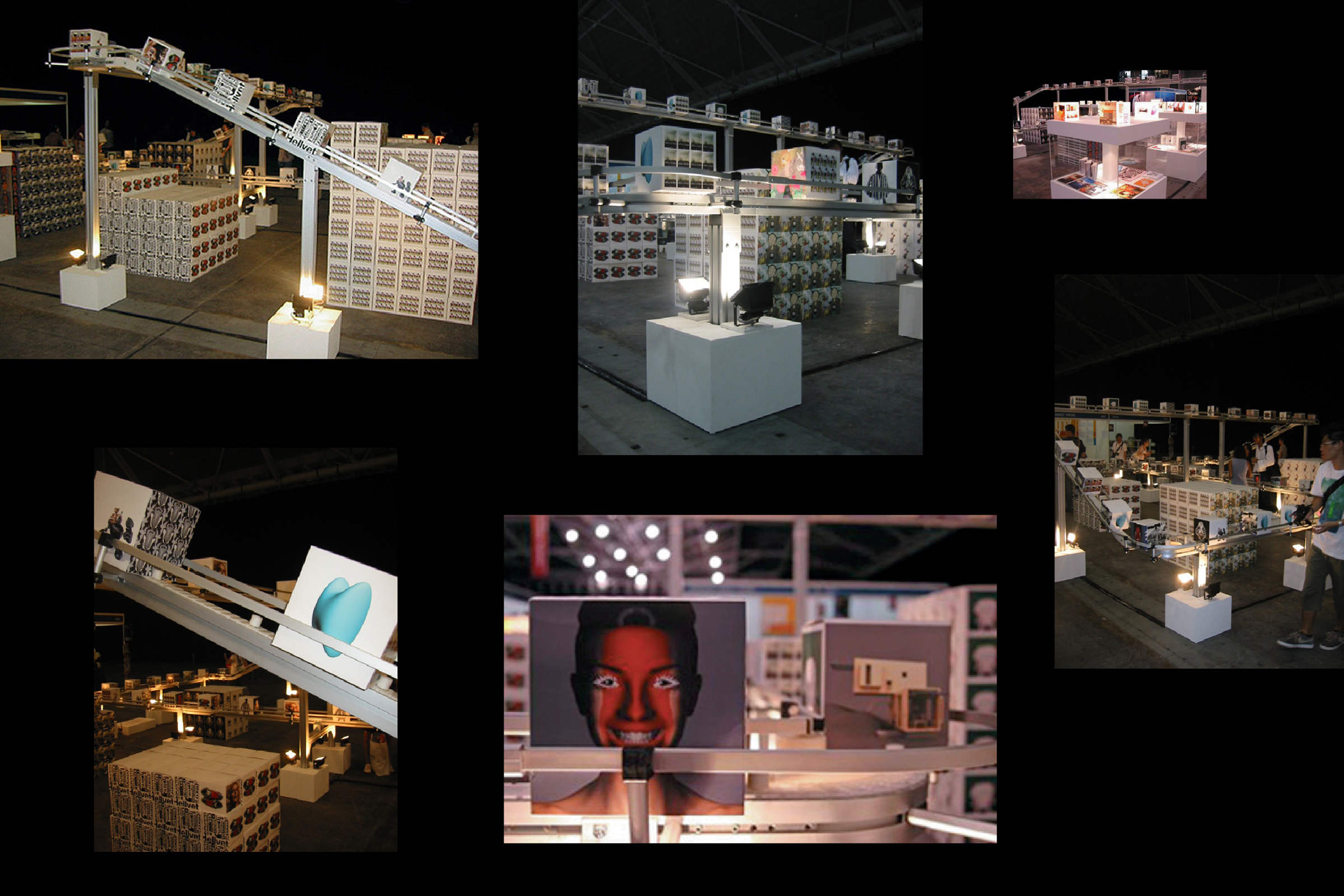
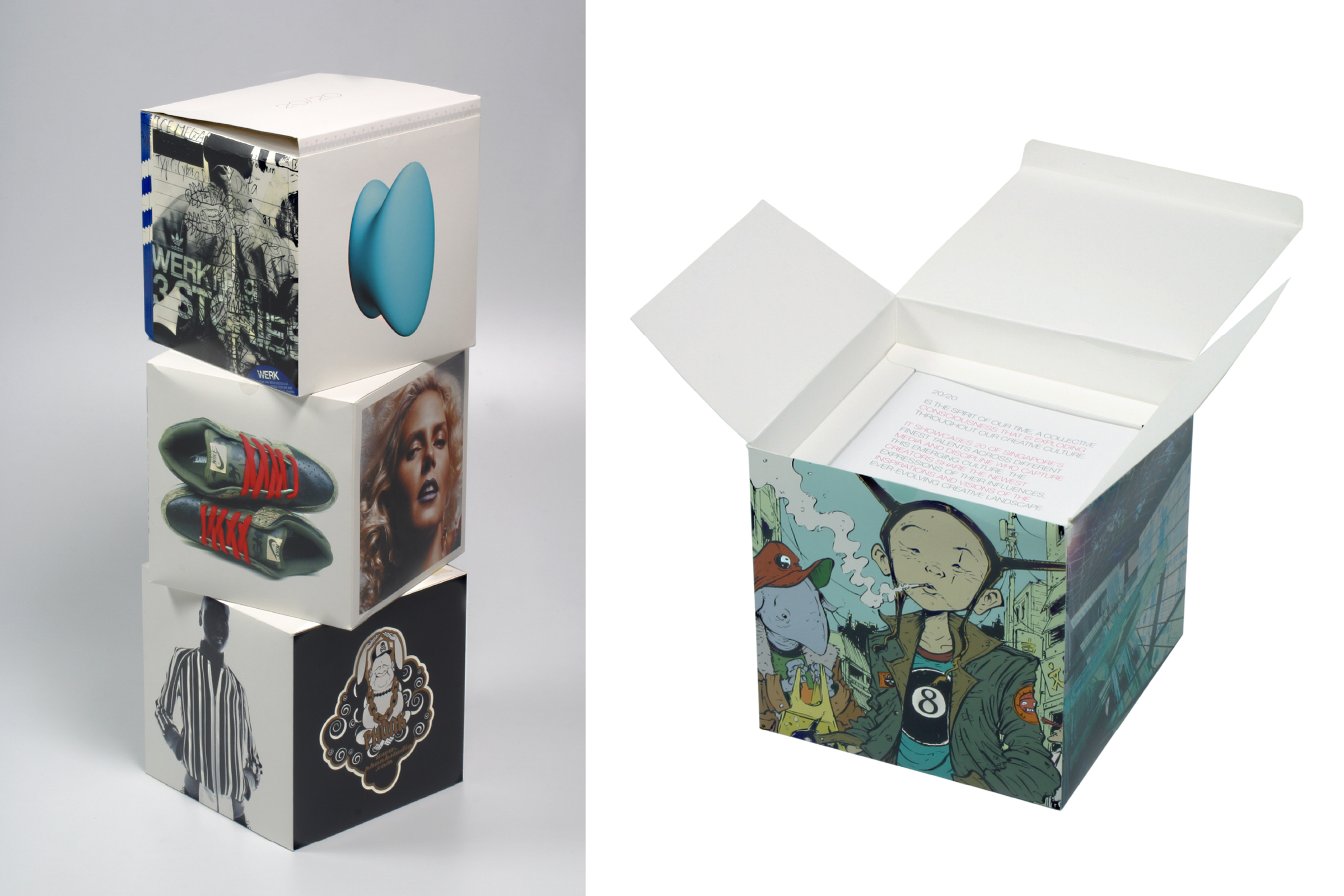
Previously, when people measured designers in Singapore, it was about how big your studio is, how much money you make, whether you are a Singaporean, or whether you are a designer. So, we totally broke those rules.
Jackson Tan, Creative Director of BLACK
Instead, BLACK installed a conveyor belt carrying 20-by-20-centimetre boxes in a loop at the conference venue in the Singapore Expo. The exterior of the boxes featured a collage of works by 20 local creatives, while they contained a catalogue profiling who they were inside. The installation proved to be a hit with the 3,000 conference participants who snapped up the over 2,000 boxes during the two-day conference. Later that year, the exhibition design also clinched a bronze at Singapore’s Creative Circle Awards.
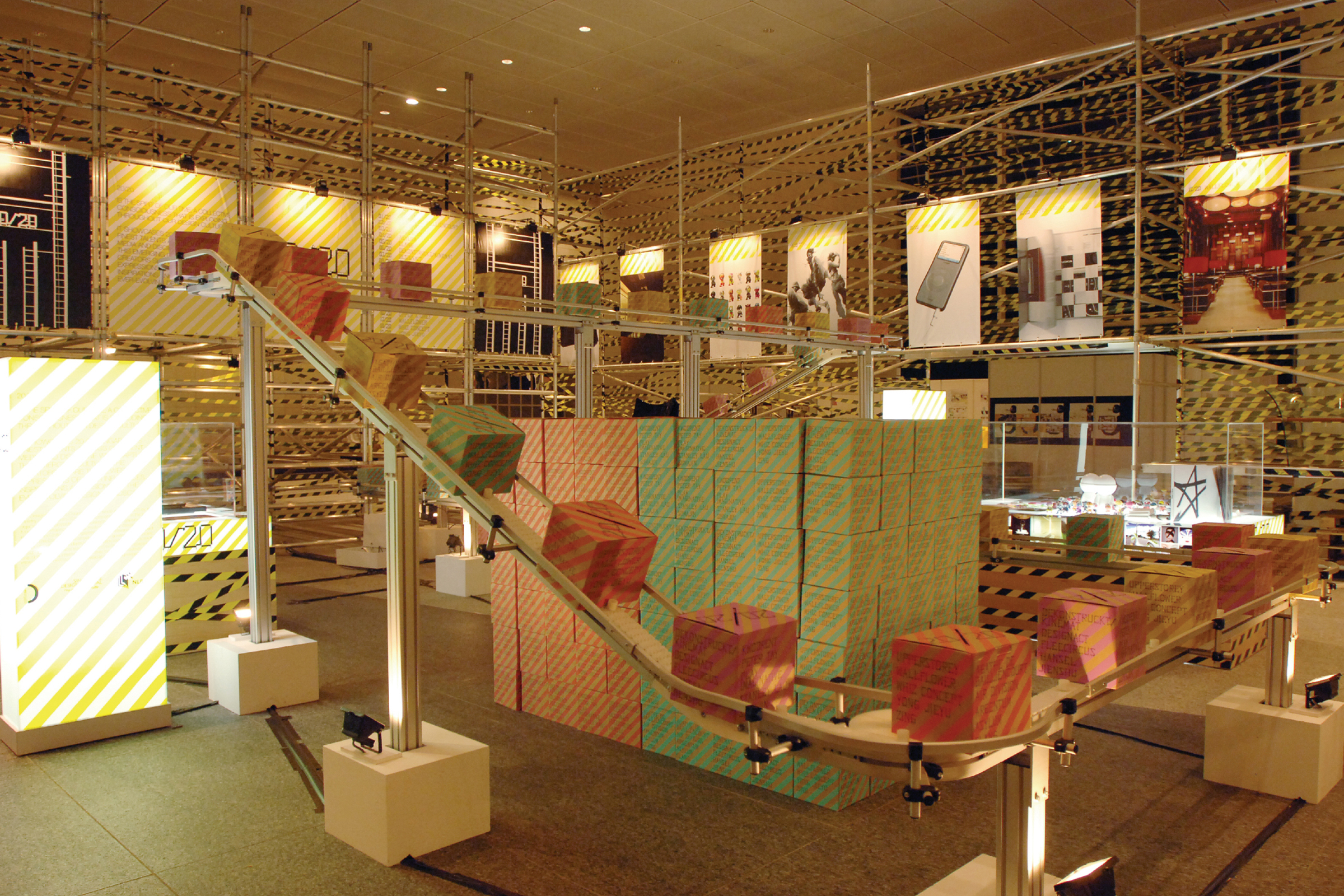
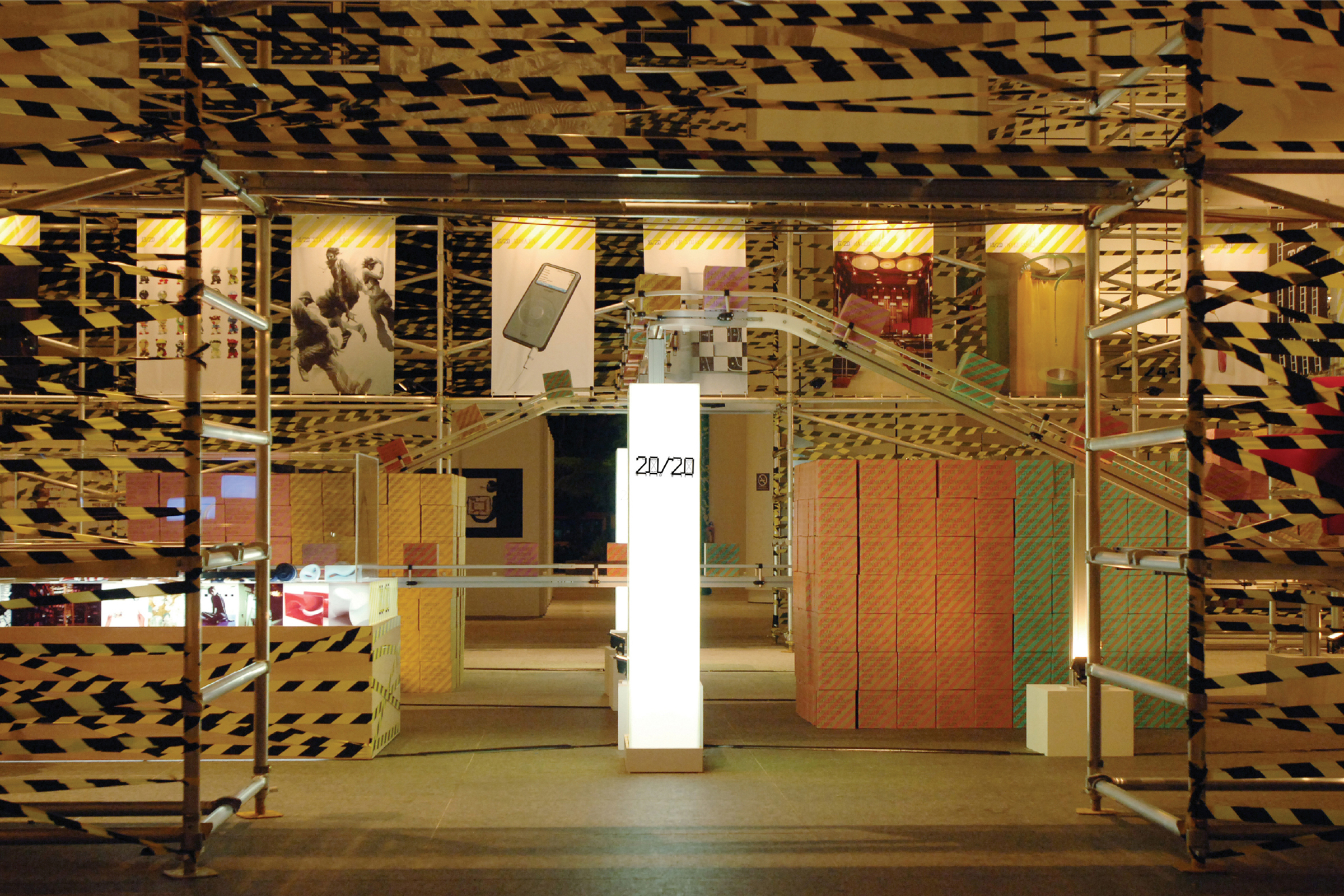
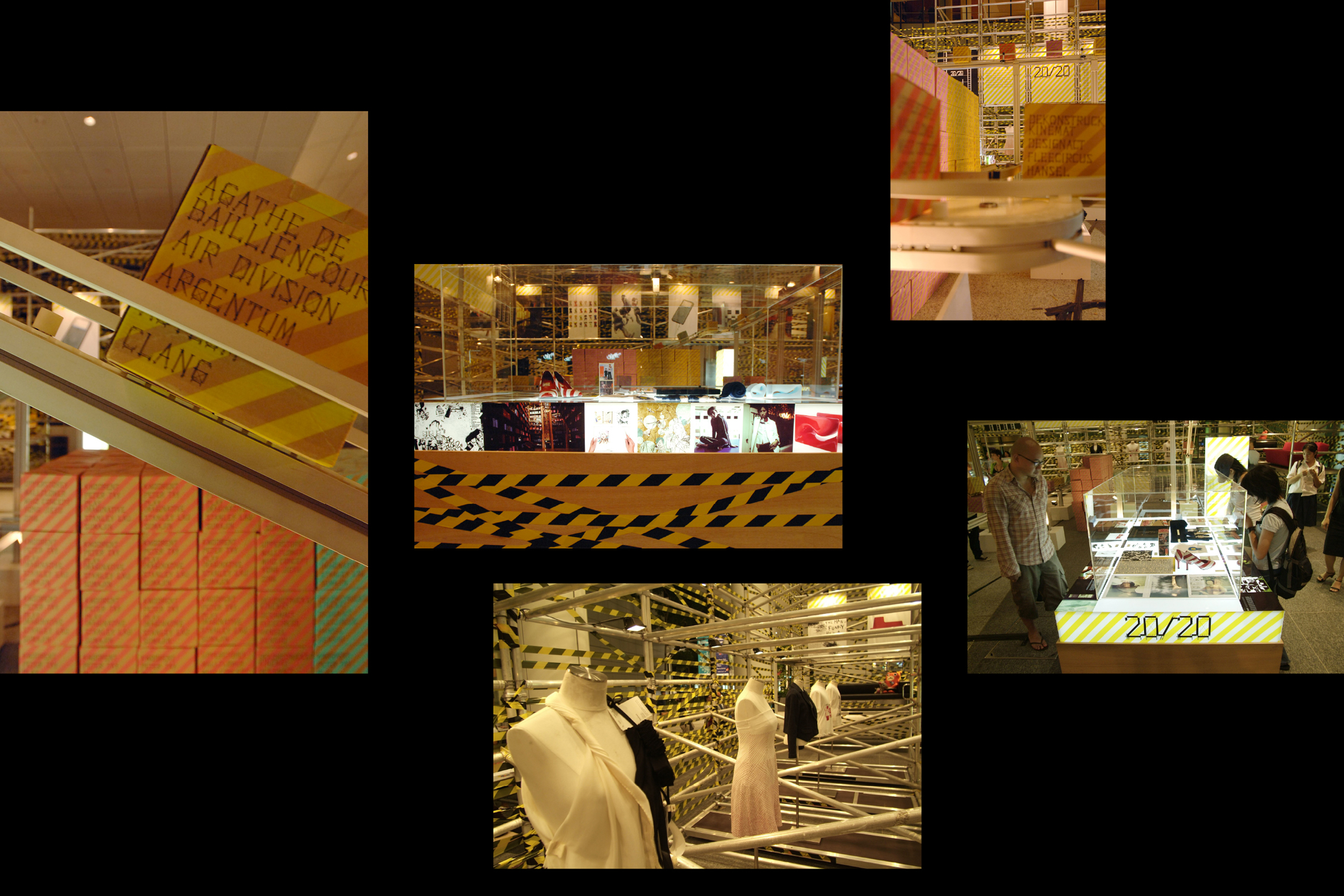
Unlike earlier showcases of Singapore design, 20/20 featured a diverse group, ranging from architecture firm WOHA to fashion label Song + Kelly 21, and even comic artist Sonny Liew. Jackson saw them as the “building blocks” of a new generation of Singapore designers who regarded design and their work as more than just supporting corporations and manufacturers.
“Previously, when people measured designers in Singapore, it was about how big your studio is, how much money you make, whether you are a Singaporean, or whether you are a designer. So, we totally broke those rules,” says Jackson who had then started BLACK with partner Patrick Gan. “Two individuals (like us) would never have got featured, neither would SBTG, who was just one guy customising shoes.”
20/20 also recognised that designers were increasingly operating beyond traditional disciplines. Such a view had yet to become mainstream, says participant Kelley Cheng who was then the editorial director of Singapore architecture and design magazine ish.
“It was very eclectic indeed, and I guess not so normal for Singapore to put all these different designers in the same basket. But I think that is the wonderful thing,” says Kelley. “Design itself is multi-dimensional and full of possibilities, why pigeonhole one to be a ‘graphic’ or ‘industrial” designer’?”
The positive response to 20/20 led it to grow from a one-off exhibition to a platform for Singapore design. For the Global Entrepolis Summit in 2004 and 2005, BLACK curated exhibitions under the 20/20 brand that featured Singapore’s industrial designers and award-winning creatives respectively. In 2005, a new edition of 20/20 was commissioned for the inaugural Singapore Design Festival. The original participants nominated a new batch of 20 creatives to represent how Singapore design was “Under Construction”. Their works were again presented on boxes loaded on a conveyor belt, but the exhibition design included construction site scaffoldings to express the new theme.
It was very eclectic indeed, and I guess not so normal for Singapore to put all these different designers in the same basket. But I think that is the wonderful thing. Design itself is multi-dimensional and full of possibilities, why pigeonhole one to be a ‘graphic’ or ‘industrial” designer’?
Kelley Cheng, Founder & Creative Director of The Press Room
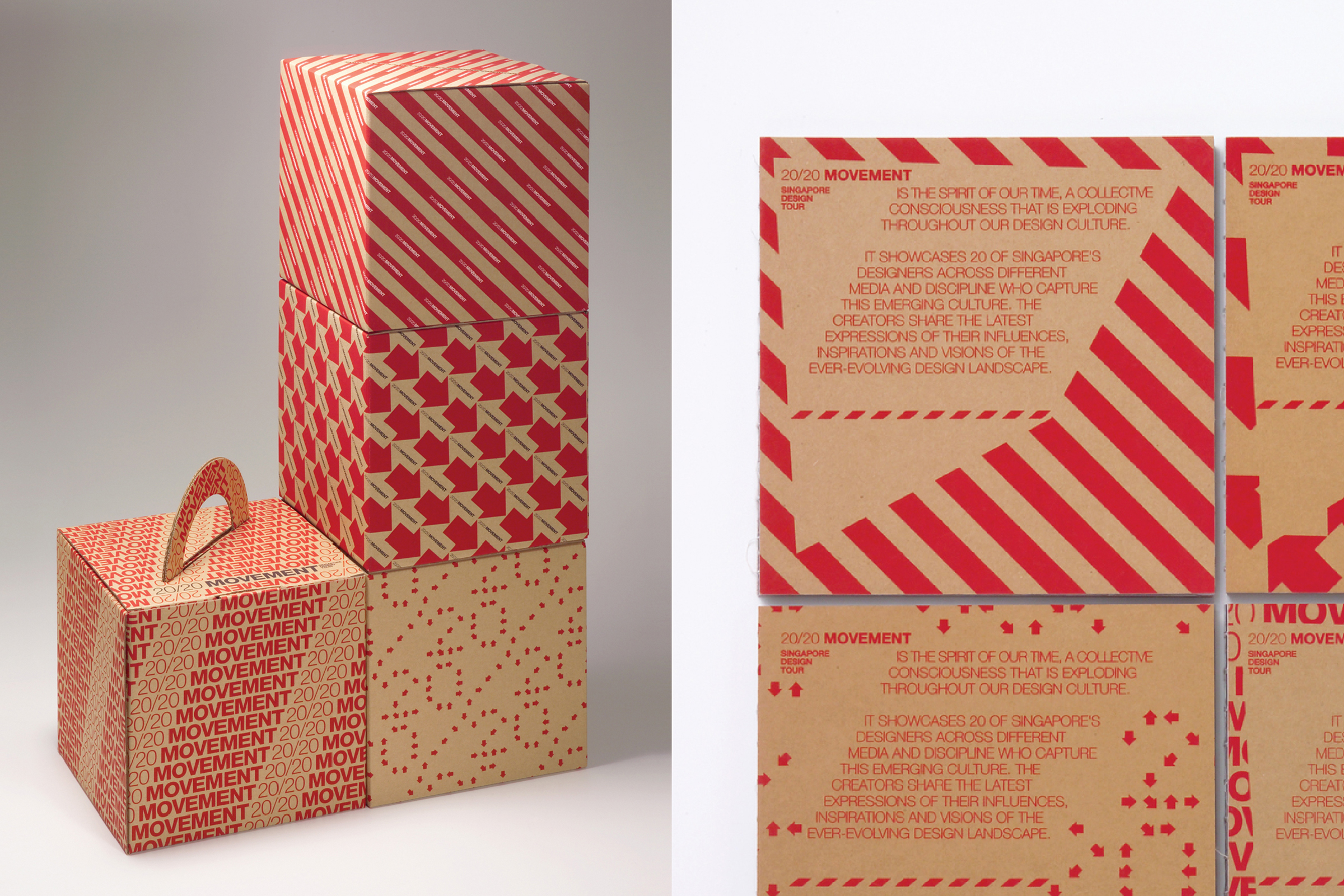
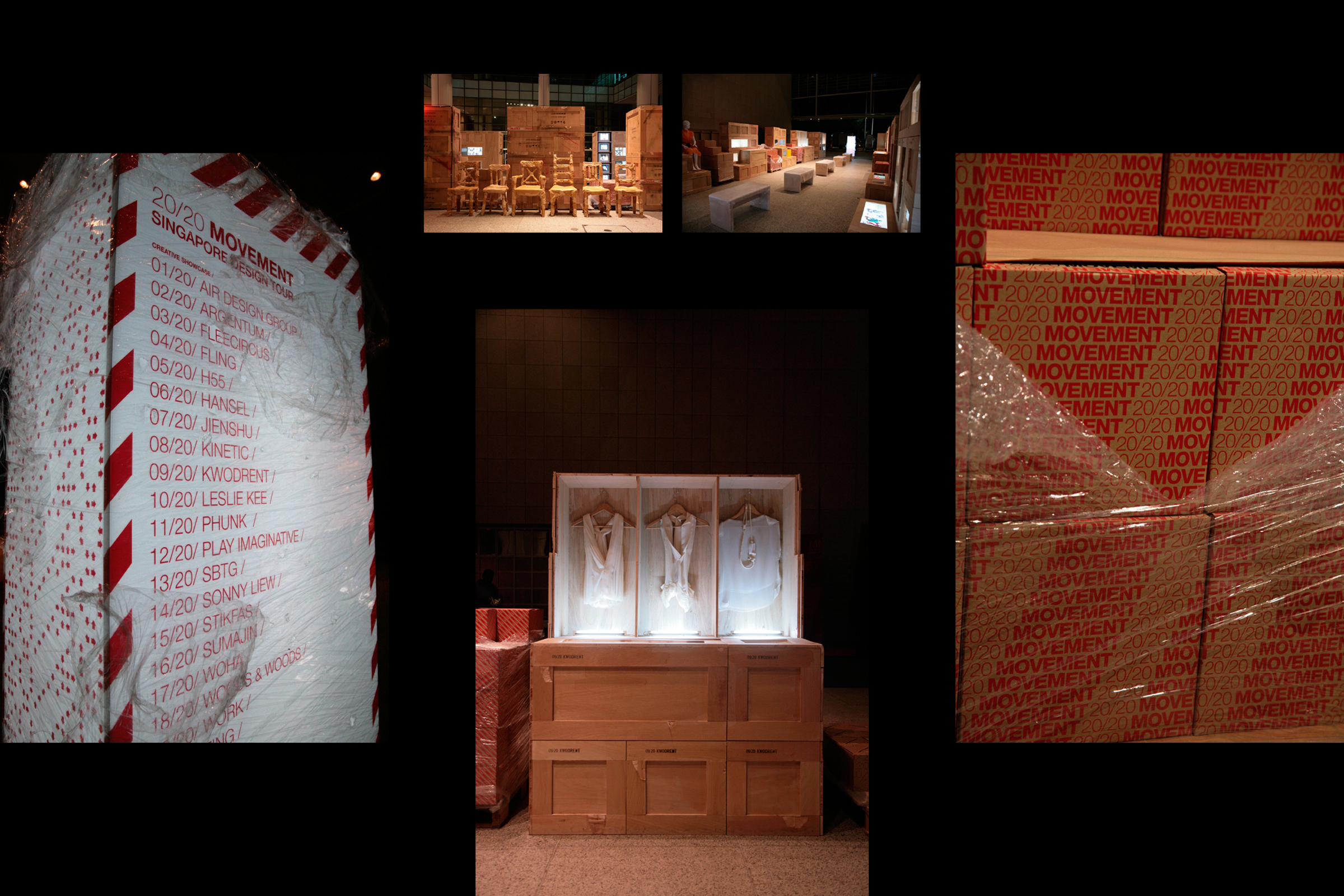
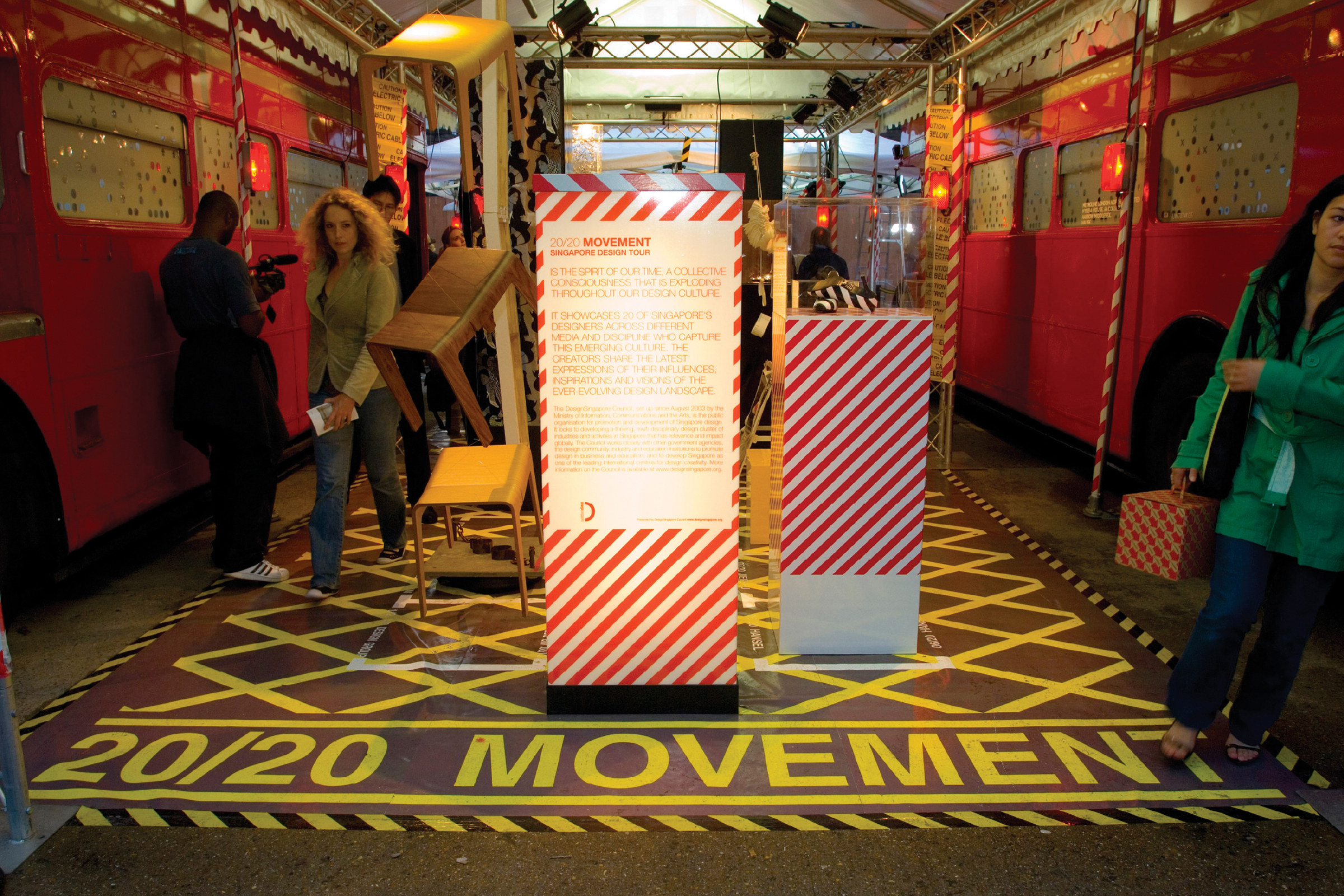
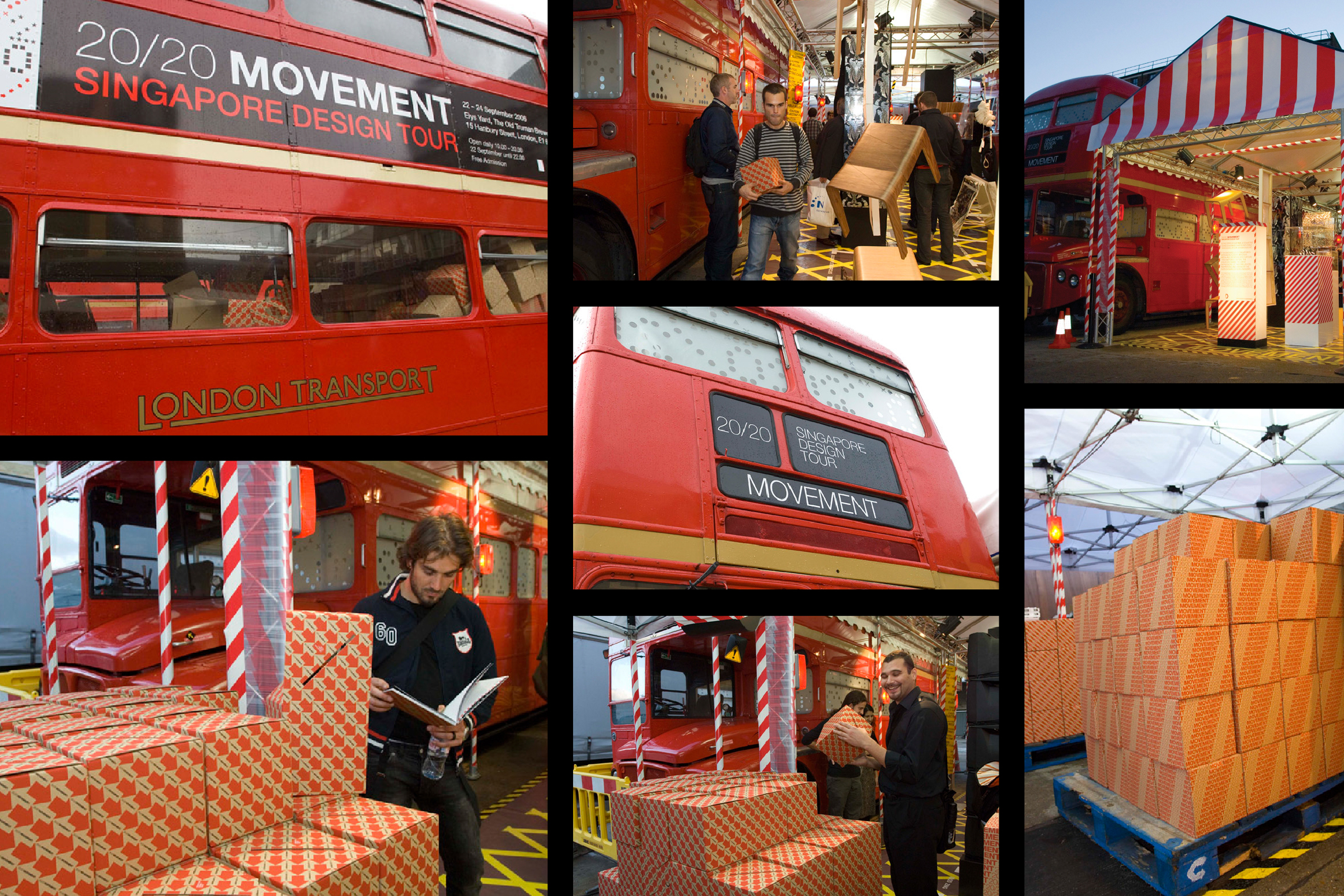
20/20 attained a milestone in 2006 when it travelled outside of Singapore for the London Design Festival. Some 20 creatives were shortlisted from the previous two editions to showcase the “Movement” of Singapore designers and their overseas successes. For instance, make-up artist Zing was dolling up top celebrities in Hong Kong while the figures by toy company Stikfas had become highly popular in the US and Japan. While the exhibition was originally to be held inside the city’s Old Truman Brewery, BLACK convinced Dsg to use the venue’s car park to attract more visitors. Two Routemaster buses—an icon of London—were converted into galleries, while a third bus travelled around London to shuttle visitors to the exhibition. The unusual showcase attracted some 5,000 visitors over three days and was even named as one of the best in the festival by British Icon magazine. Weeks later, 20/20 triumphantly returned to Singapore where BLACK successfully built an exhibition using the crates to ship the exhibits because of the short turnaround time. The effort clinched the “Best of Show Gong for Design” in the Creative Circle Awards that year.
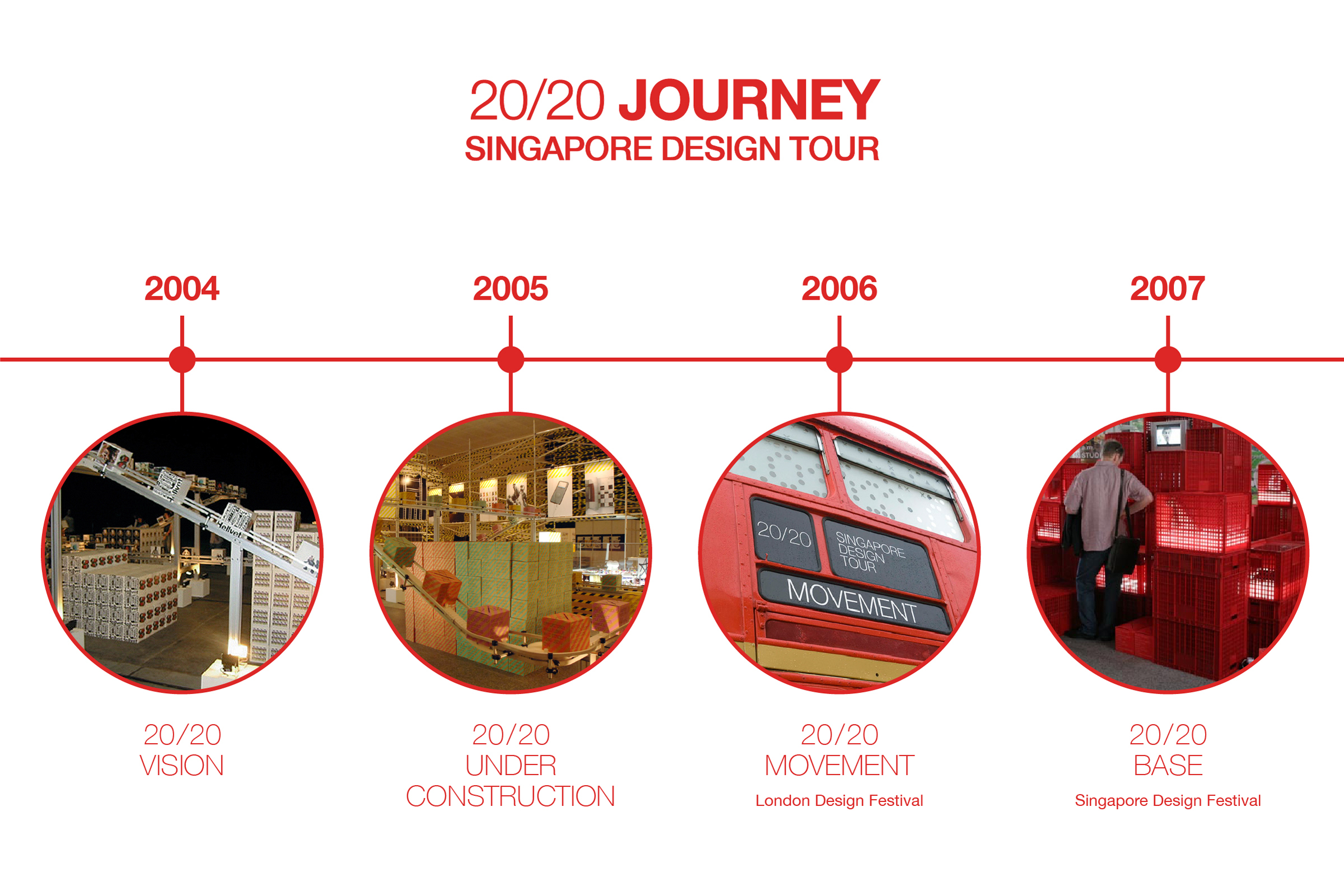
When Dsg commissioned a third edition of 20/20 for the Singapore Design Festival in 2007, BLACK turned its attention to the globalisation of the local design scene. 20/20: Base featured the likes of Matte, an Amsterdam-based design studio started by Singaporean Chung Yew Kee, as well as Albano Daminato, an Australian interior architect who had relocated to Singapore. The exhibition unexpectedly became the final 20/20 as Dsg ceased funding the series. According to the agency, it had supported 20/20 as a “seed project” to “pave the way for the design community and private sector support for future exhibitions”. By 2007, 20/20 was no longer the only platform promoting Singapore design. Other prominent examples included ROJAK, a quarterly series of show-and-tell presentations organised by local design collective FARM.
Many of us were doing things on our own, working hard to bring our works beyond Singapore, and having 20/20 as a collective experience and presentation made it more meaningful.
Grace Tan, Kwodrent
Although keen to continue 20/20, BLACK found it challenging to secure private sponsorship as many deemed the series to be a national initiative. However, it did curate two subsequent exhibitions on Singapore design. New Wave: Singapore’s Contemporary Design Culture (2008) showcased all 60 designers featured in 20/20 at Japan’s centre for creative communication (CCC). Two years later, BLACK returned to the centre with Shiok: A Gastronomy of Singapore Design, an exhibition on food-inspired works by local designers.
As a pioneering showcase of Singapore’s new generation of creatives, 20/20 helped give shape to the city’s then emerging creative culture. Fabric artist Grace Tan, better known as kwodrent, recalls how being showcased in the second edition helped her recognise she was part of a community.
“Many of us were doing things on our own, working hard to bring our works beyond Singapore, and having 20/20 as a collective experience and presentation made it more meaningful,” she says.
The common purpose has also helped Singapore design establish a presence both at home and overseas, says Jackson.
“When we came up with the idea of 20/20 we wanted it to be a movement and we were hoping that it would represent a paradigm shift,” he says. “Now when we go overseas, people no longer ask who are Singapore designers.”

